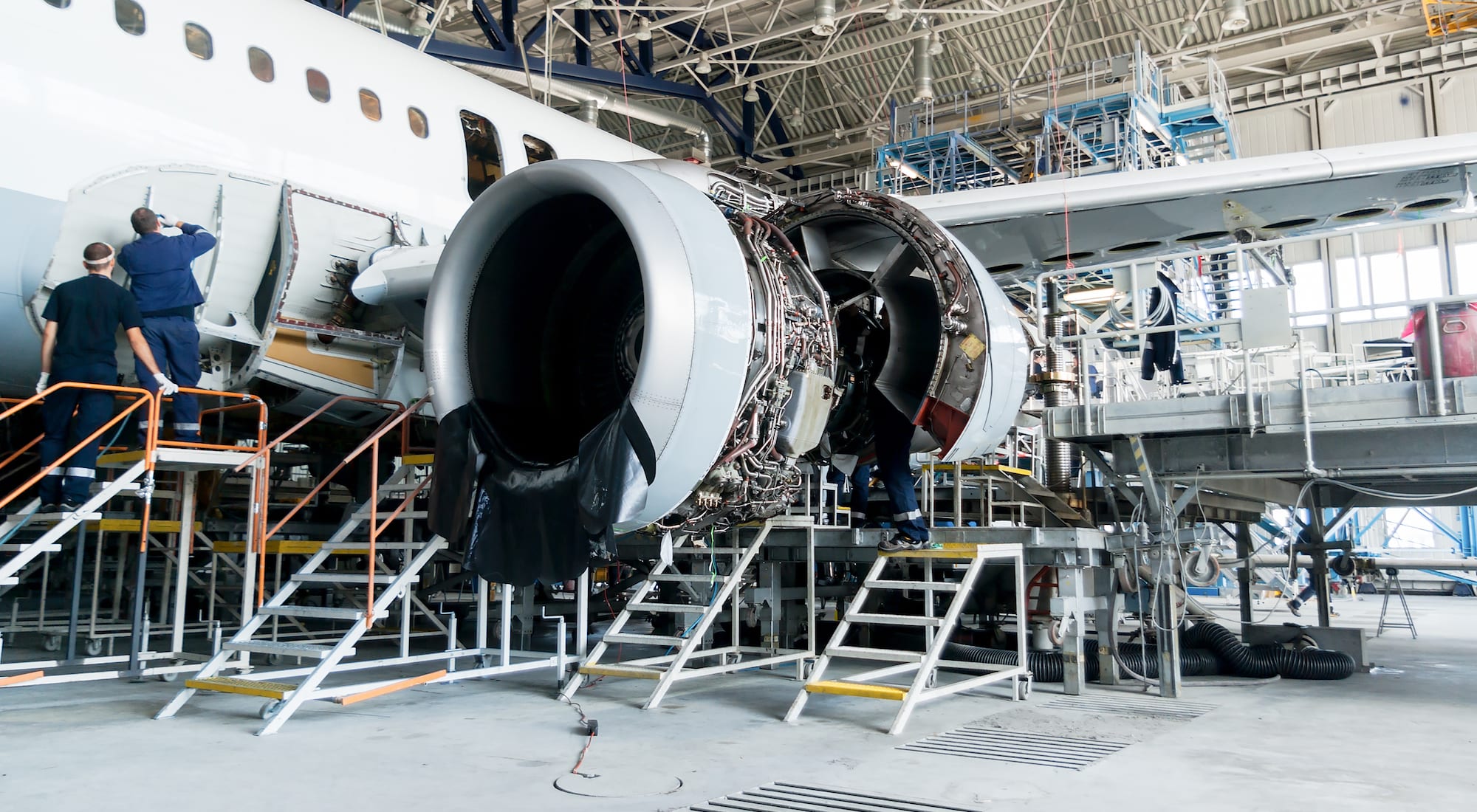In September 2018, Brett Levanto, vice president of communications for the Aeronautical Repair Station Association (ARSA), an international trade association for the aviation maintenance industry, testified before Congress. He warned of a “gathering storm” of talent issues. “Recruiting and retaining the next generation of aviation professionals is the most pressing strategic challenge facing the aviation community,” he said.

Brett Levanto
Indeed, consulting firm Oliver Wyman predicts that by 2027, the aviation industry in the United States will face a 9 percent gap between the supply of aircraft technicians and the demand for their services. This talent crunch is a result of seasoned techs retiring or exploring careers in less-regulated industries. And the number of workers moving in to take their place in maintenance, repair and overhaul (MRO) organizations, which include a wide-range of aviation stakeholders ranging from airlines to independent repair stations, is dwindling.
According to research from the Aviation Technician Education Council, new entrants to the industry make up 2 percent of the population annually, while 30 percent of the current workforce is at or near retirement.
Meanwhile, the world’s passenger aircraft fleet is expected to more than double during the next 20 years, according to Airbus. The airplane manufacturer estimates that a half-million new technicians will be needed by 2036 to maintain that commercial fleet. If aviation businesses, large and small, don’t find a way to source and train more technician talent soon, the growth — and even the safety — of the airline industry could be at risk.
A New Way of Thinking
Of the nearly 5,000 aviation maintenance firms worldwide, most are small and midsize businesses — many of them employing just a handful of staff. Levanto advocates a mindset change for the industry.
“Recruiting and retaining the next generation of aviation professionals is the most pressing strategic challenge facing the aviation community.” — Brett Levanto
“The whole aviation community needs to become more open-minded and broad-thinking about all of the different ways people today can come into the work. We need to be more aggressive with our outreach.”
Levanto outlines a few straightforward tactics for attracting new talent to the aviation maintenance industry, starting with relationship-building at the local level. He suggests that MROs and repair stations connect with local schools, businesses and chambers of commerce to help get the word out about career opportunities with their organizations.
“Host school field trips and facility days. Sponsor a team at a robotics competition,” he says. “The idea is to find ways to really ingrain your business into the fabric of your community in a way that makes you visible to potential hires.”
Outsourcing: An Employment Wild Card
The U.S. Bureau of Labor Statistics expects airlines to outsource repair work to specialized maintenance and repair shops, both domestically and abroad. “This practice is expected to reduce employment growth opportunities in the air transportation industry over the next 10 years,” according to the agency.
MROs and repair stations can also reach out to government organizations and programs that help foster skills development. Levanto points to a new grant program, which ARSA and its members and allies lobbied for last year as part of the FAA reauthorization process. If approved by Congress, the five-year pilot program will provide annual grants of up to $500,000 to business or unions, schools and governmental entities that partner to pursue creative ways to recruit and retain new aviation maintenance technicians.
Another strategy, Levanto says, is to emphasize the exciting nature of aviation maintenance, especially as the industry pivots toward drones, artificial intelligence and other emerging technologies.
Navigating a Complex System
Of course, focusing more on talent recruiting is easier said than done for busy MROs and repair stations already spread thin. Also working against their efforts to connect with new talent is the reality that the aviation industry itself is so complex.
“Aviation is a great place to work, but it presents special challenges,” Levanto explains. It requires a high level of skill, and technicians face a heavy regulatory compliance burden. Candidates also need to understand that there are essentially three different pathways toward working on civil aircraft:
- Certificated mechanic: “These individuals attend a Federal Aviation Administration (FAA)- certificated school or gain experience through practical hands-on work, and then pass a series of very difficult tests,” Levanto says. “They earn a personal certification from the FAA that allows them to exercise a series of privileges related to performing work on civil aircraft. This is the gold standard in the industry.”
- Non-certificated technician: These technicians range from entry-level workers to highly skilled and specialized professionals. Unlike certificated mechanics, these technicians require supervision and can’t sign off on work they personally perform. Non-certificated technicians represent almost half of the people working in independent repair stations across the U.S., Levanto says.
- Repairman: “We would like to see more people take this path,” Levanto says, noting that it helps technicians train up and gain more professional privileges faster. A repairman earns a certification through a certificate-holding employer, such as an airline, a charter operator or a maintenance organization. The employer endorses the technician to earn a certificate, which allows that person to perform very specific work only for that employer. If the technician leaves the firm, however, the certification stays behind.
Demystifying aircraft maintenance and the complex network of people and companies that work to keep aircraft safe can also help to attract new talent, Levanto says. That includes answering questions that aspiring technicians may have about the business, such as : Who is performing work on aircraft at the gate? Who works in general aviation facilities? Who works in component shops? What is the benefit of airline employment versus working at an independent work station? And what are the drawbacks?
But providing a clear answer to one common question may be the most effective strategy of all for MROs and repair stations eager to recruit new technicians: How do I chart my career in this industry?


Share this: